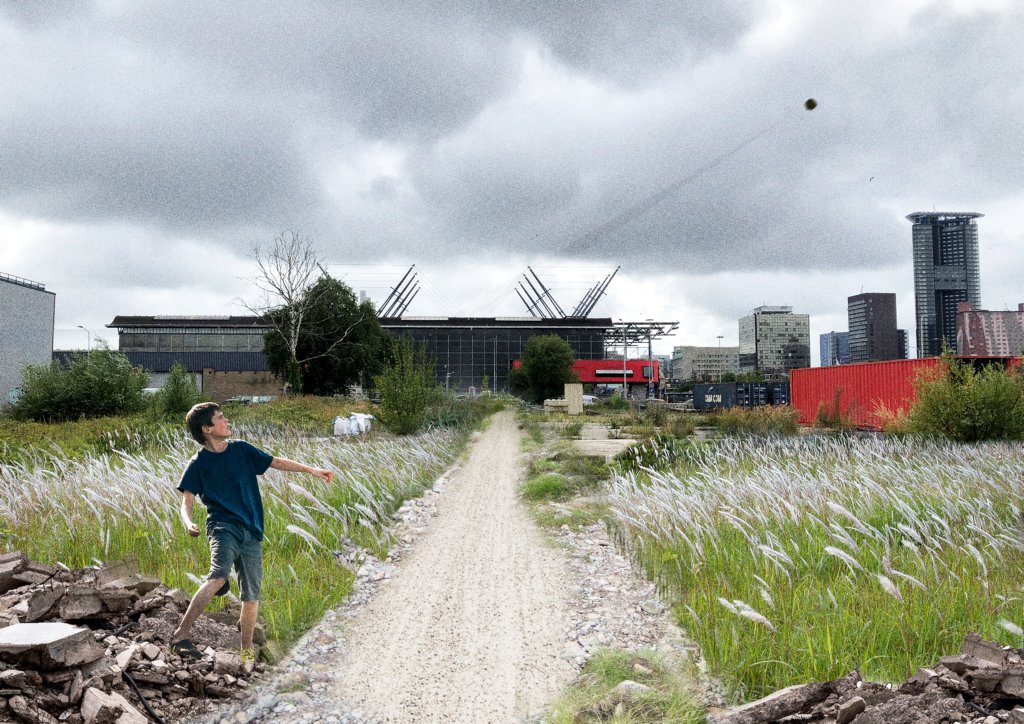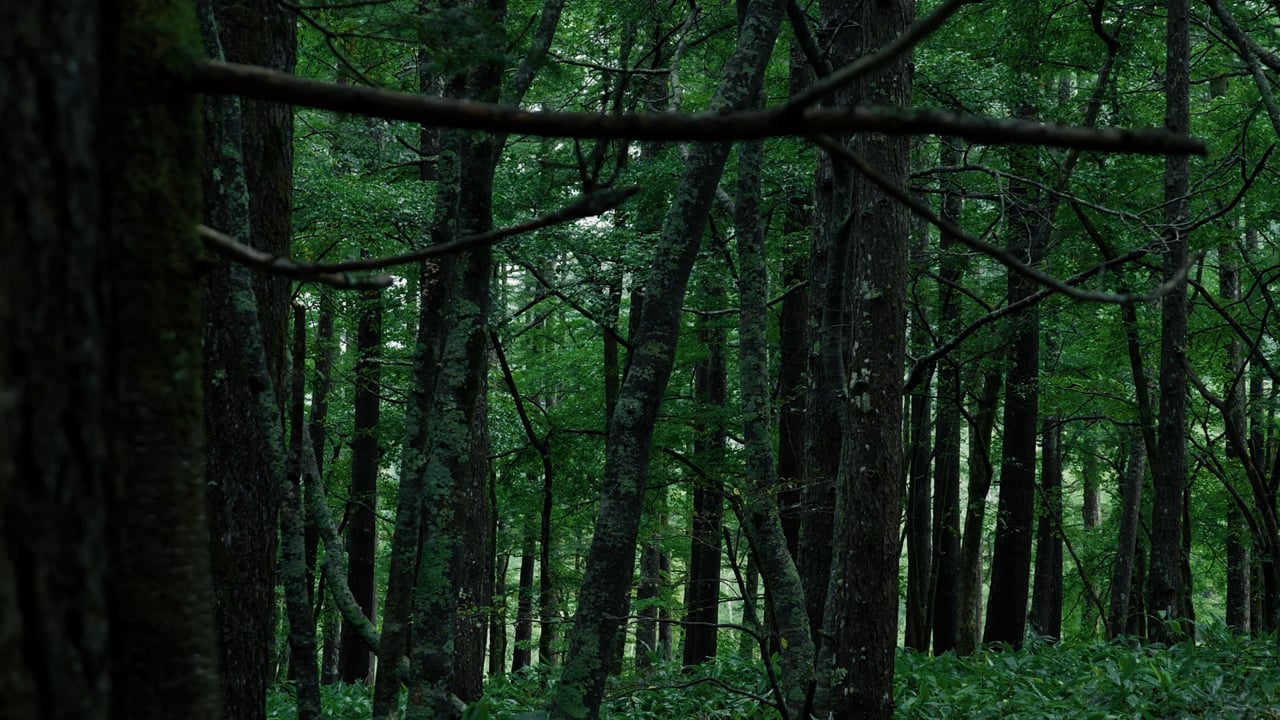Arend van der Kam, Seth Wilberding, Clemens Driessen
In the Anthropocene, human influence has disrupted natural forces, prompting a reevaluation of our relationship with the environment. Philosopher Timothy Morton’s Dark Ecology challenges us to abandon idealised notions of nature and embrace the unsettling, interconnected realities of ecology. In this project, we applied Dark Ecology principles to design a park on heavily polluted soil, exploring how to possibly coexist with pollution instead of simply cleaning it up. By embracing this dark ecological approach, the project helps us reimagine how our environmental impact can drive new ways of contributing to a thriving planet.
Can we live together with waste?
The park design integrates Dark Ecology principles to transform heavily polluted soil into a meaningful space. The solution involves accepting and engaging with the pollution rather than celebrating it. This approach uses the pollution as a starting point to confront and mourn our environmental destruction. The design features burial pods where trees with Phytostabilization properties are planted on. These trees lock contaminants in their root systems, gradually creating a memorial forest that merges mourning for both the environment and loved ones. This not only protects the polluted land from urban development but also fosters a cultural connection with the forest.
The design process began with a detailed analysis of the municipal vision and site contamination levels. From this, integrated design principles emerged, blending municipal goals with Dark Ecology theory. Two conceptual designs were evaluated by a landscape architect and philosopher, leading to the final design. This project challenges conventional remediation by embracing the park’s industrial past and exploring the coexistence between pollution and a memorial space.

The project’s relevance to 'Thriving Planet' is profound, as it embodies Dark Ecology principles by embracing the unsettling realities of pollution. It redefines ecological restoration through the concept of coexisting with contamination, transforming a polluted site into a space for reflection and interaction. This approach challenges idealised visions of pristine nature, highlighting the interconnectedness and complexity of our environmental impact. The project’s impact includes fostering a deeper understanding of our relationship with contaminated landscapes and integrating ecological and memorial purposes. However, potential limitations involve the long-term management of the park and practical implementation challenges. Nonetheless, it provides a compelling framework for reimagining resilience and decay within the paradoxes of our ecological reality.




